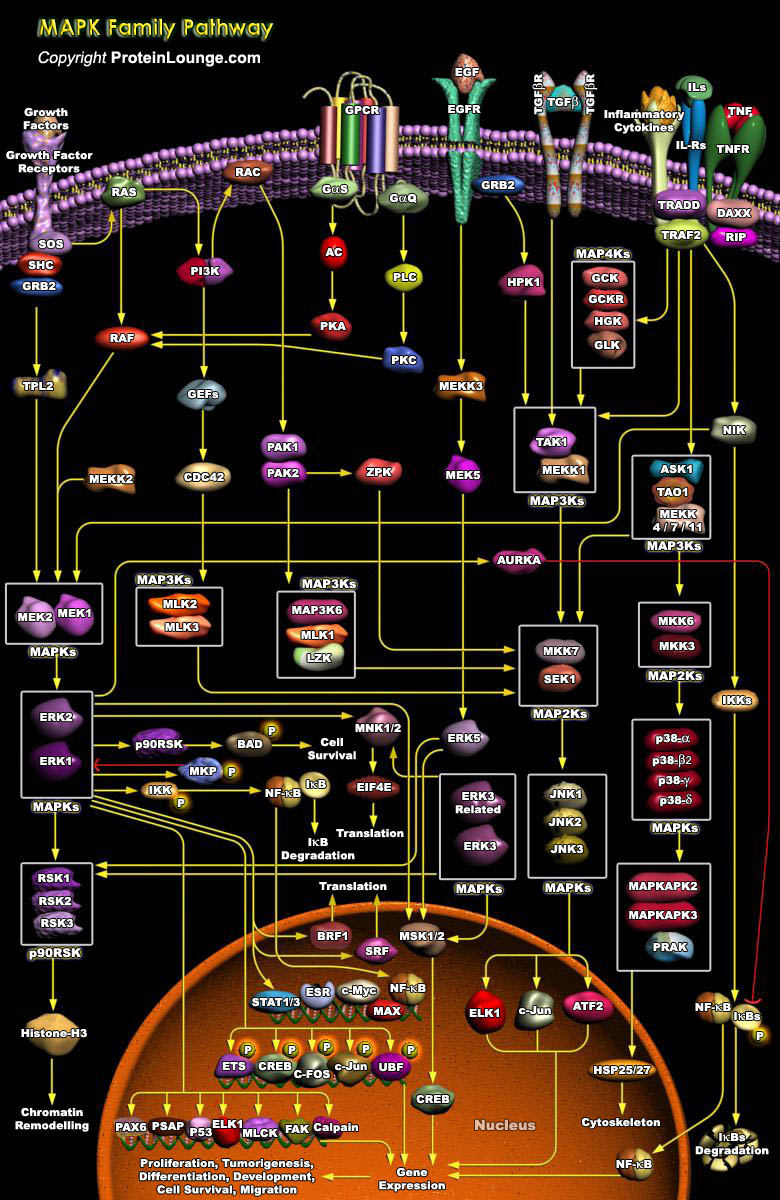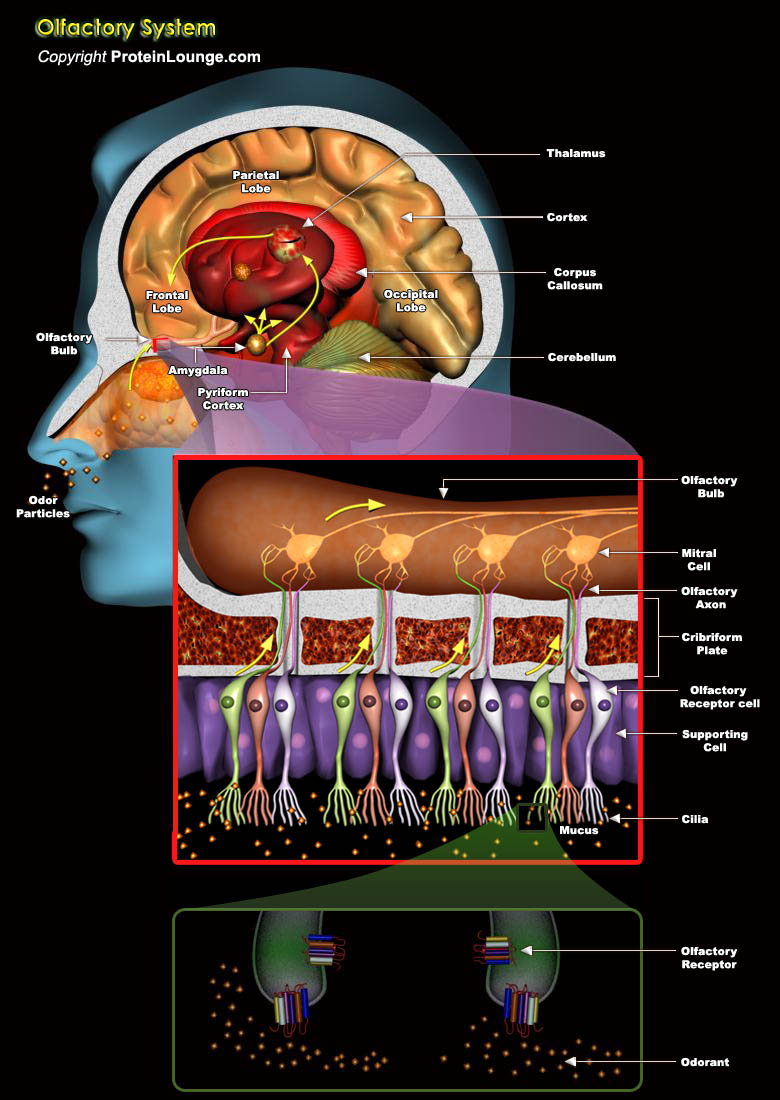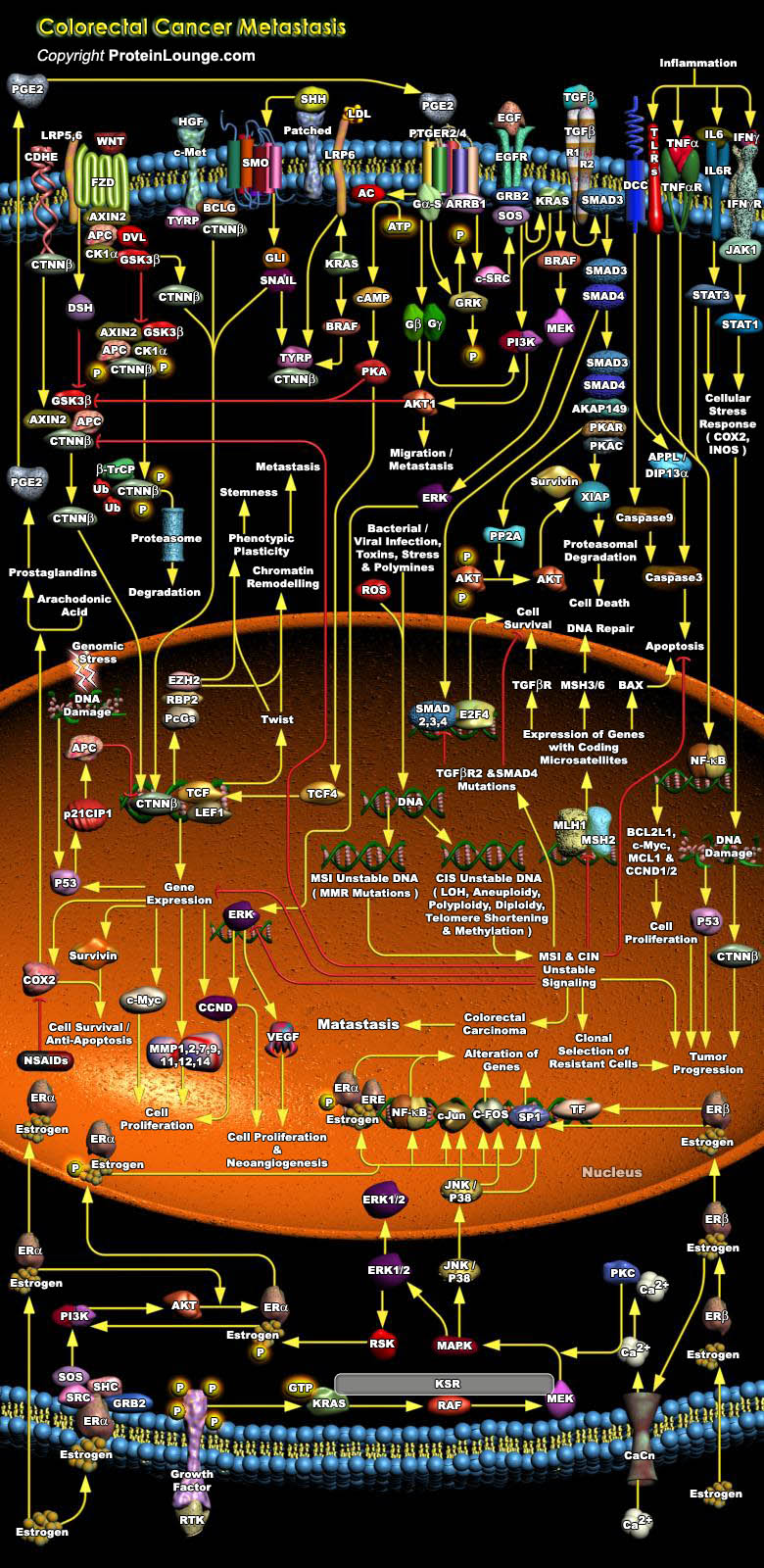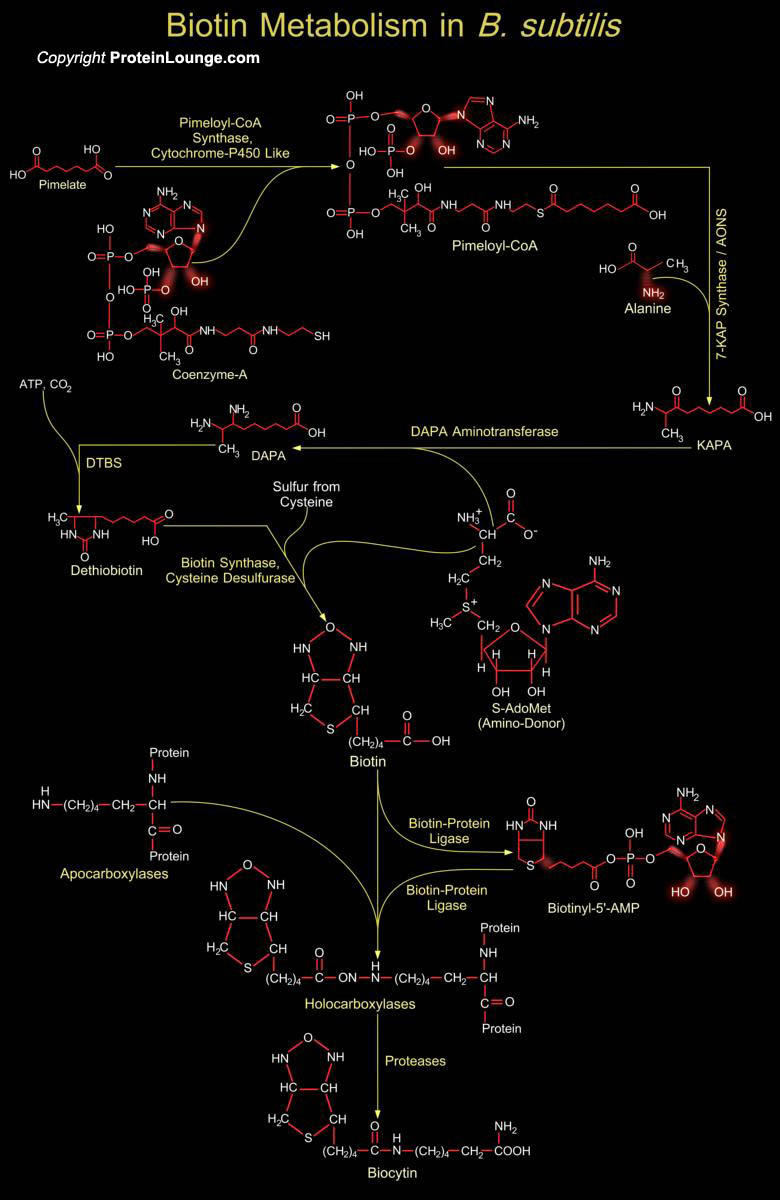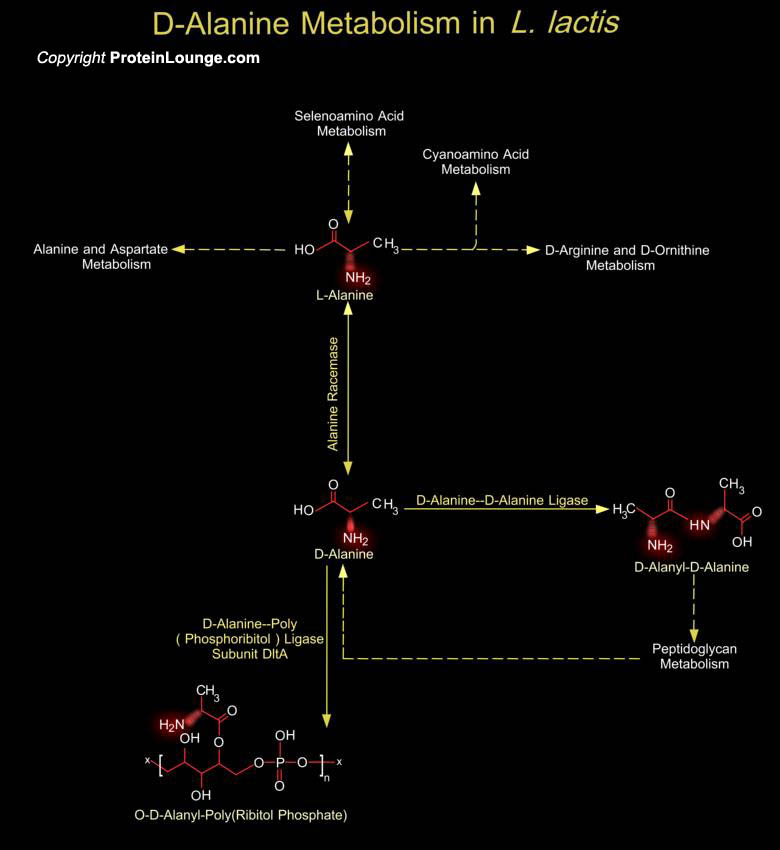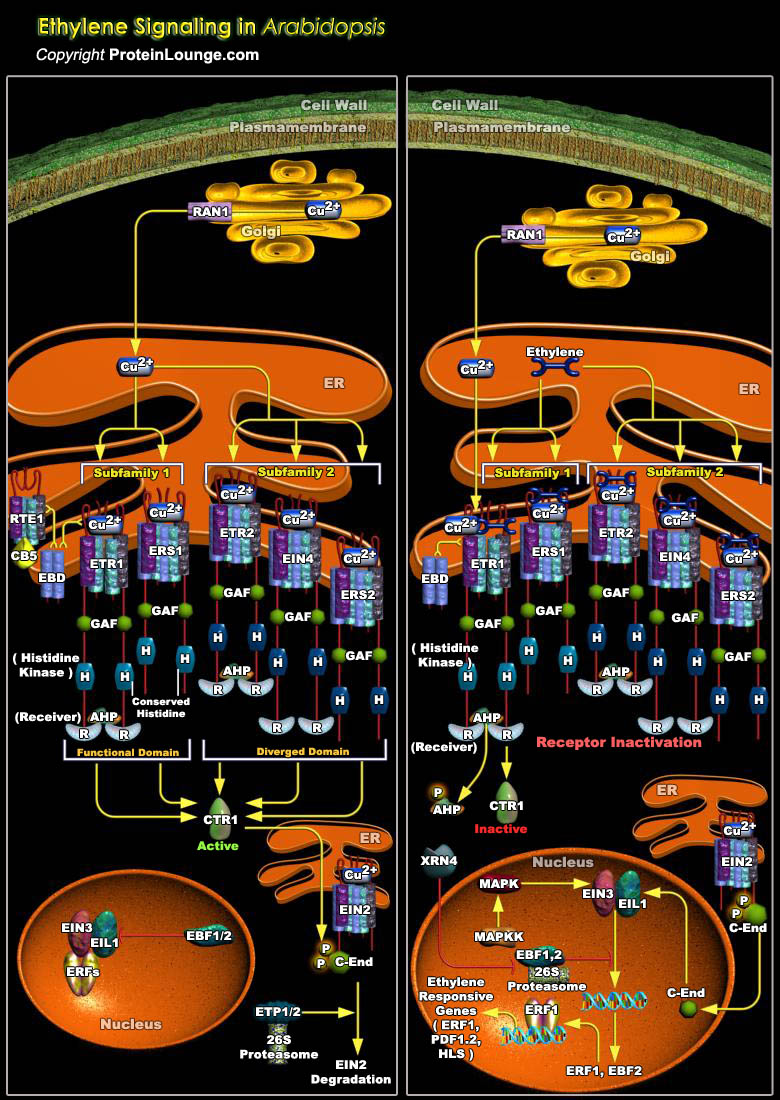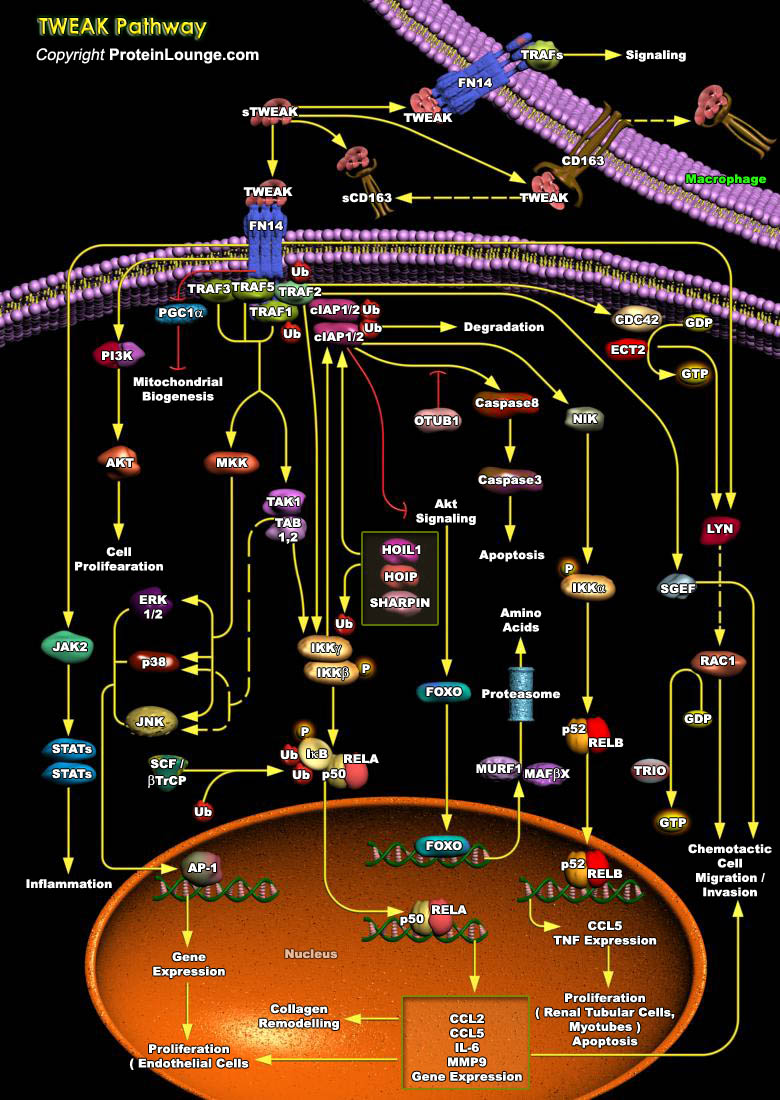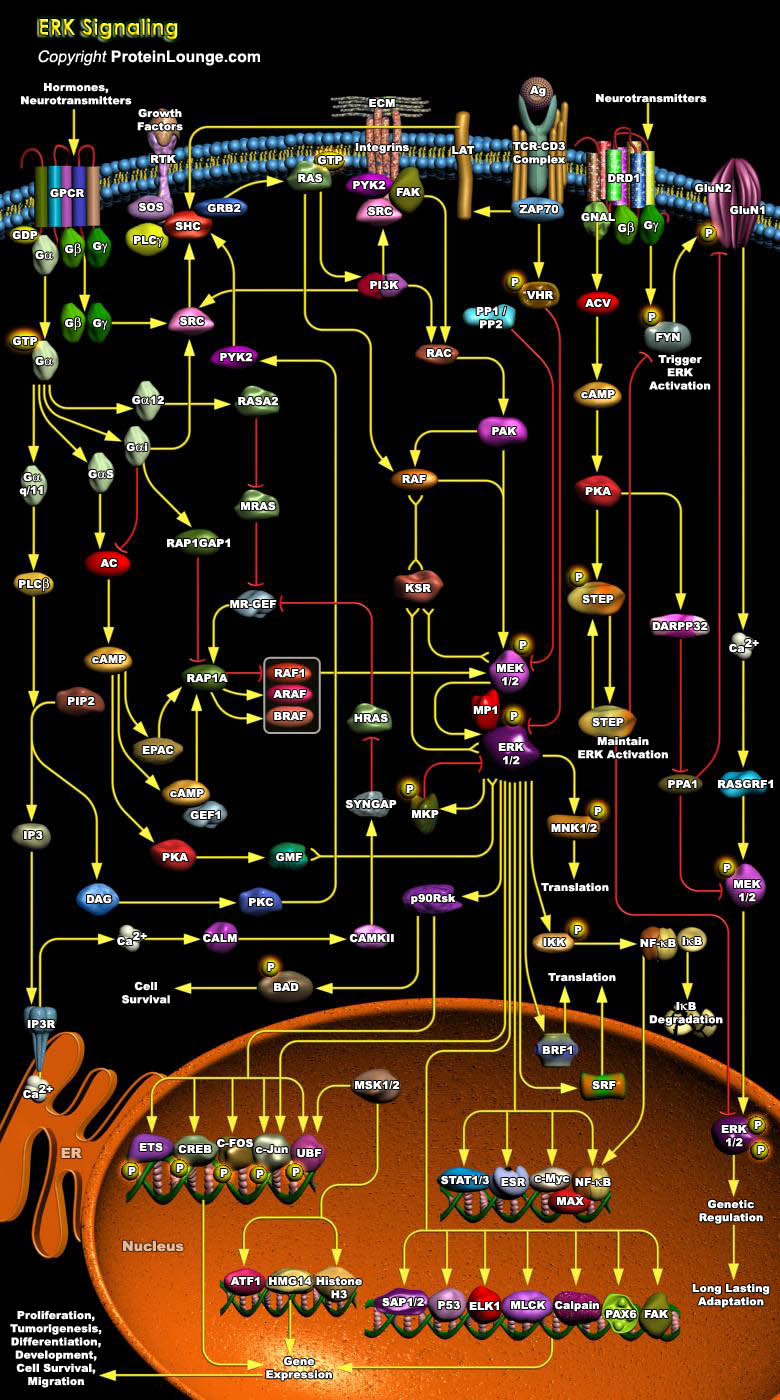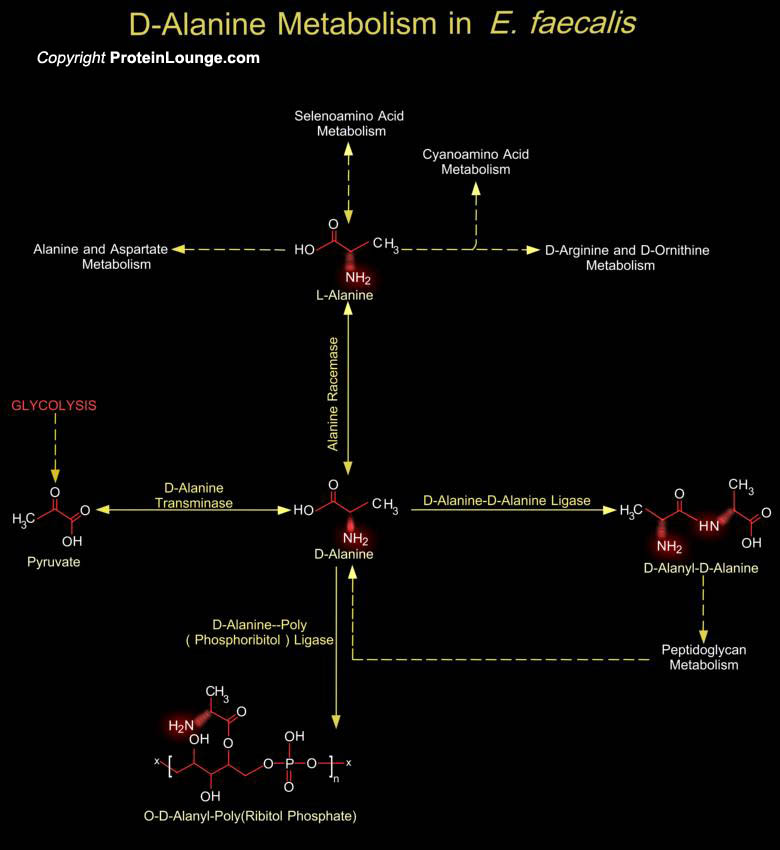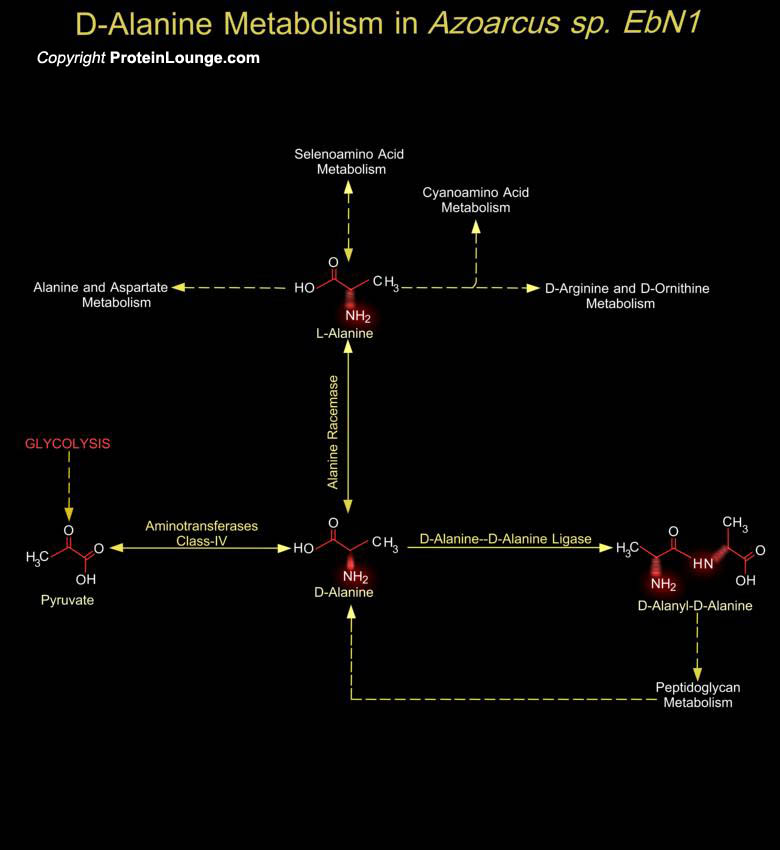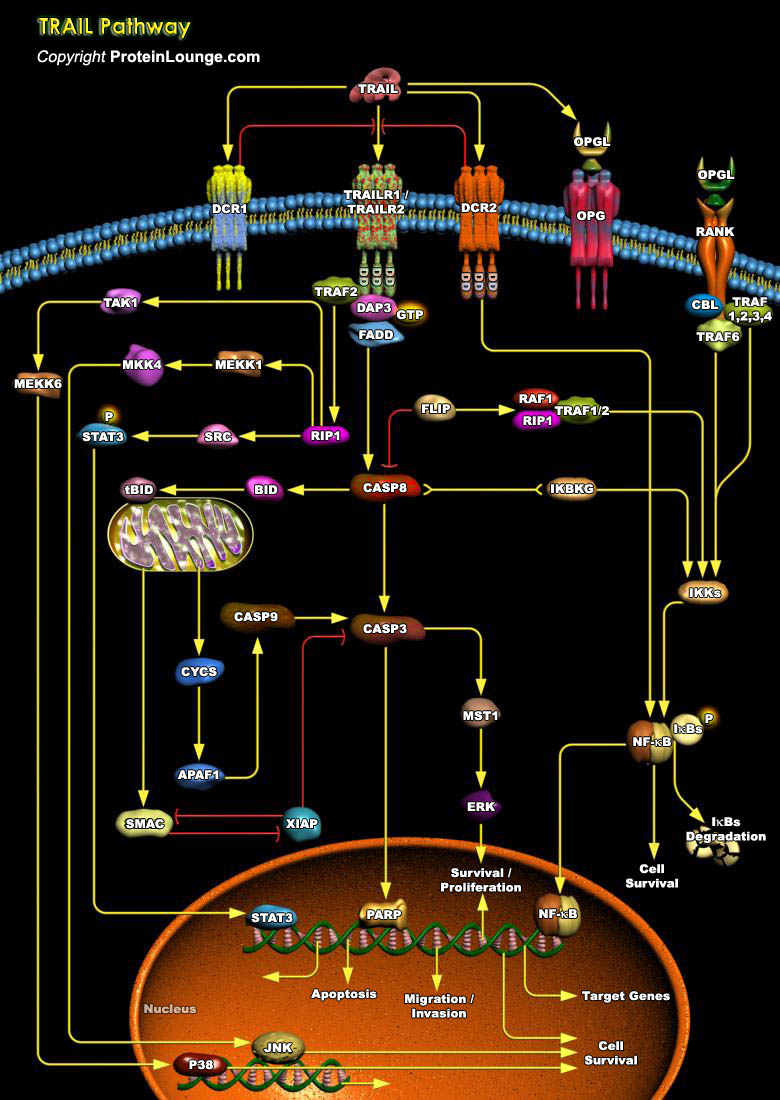Featured Pathways
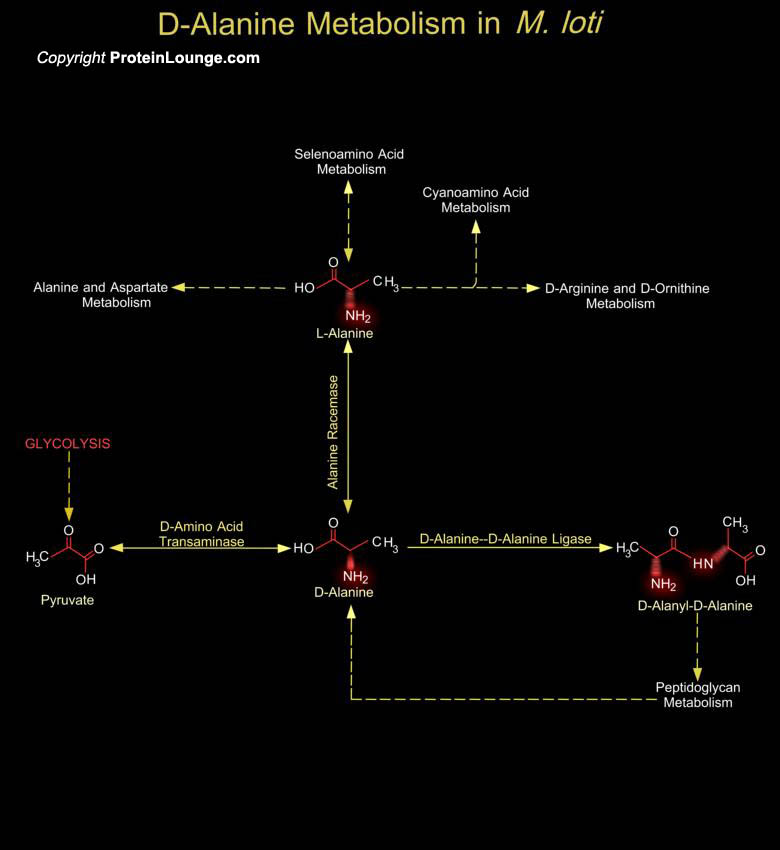
Rhizobium, Bradyrhizobium, Mesorhizobium, Sinorhizobium and Azorhizobium-known as Rhizobia-are Gram-negative, nitrogen-fixing bacteria of agronomic importance because they perform nitrogen-fixing symbiosis with leguminous plants. Nodule formation and the subsequent nitrogen-fixation result from a series of interactions controlled by the exchange of molecular signals between symbiotic bacteria[..]
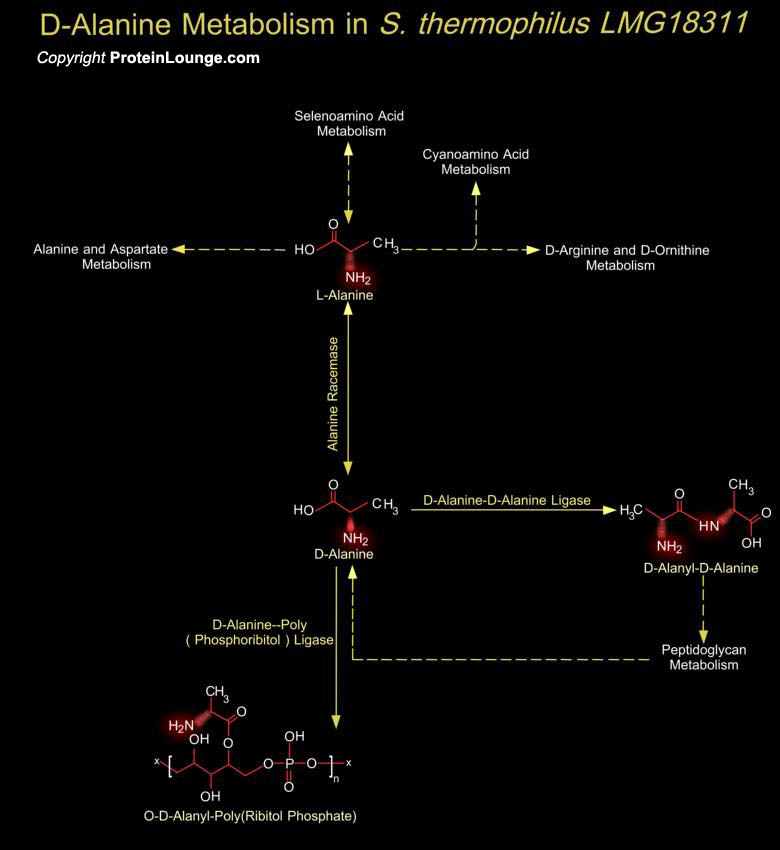
Streptococcus thermophilus is one of the most economically important lactic acid bacteria used in the manufacture of yogurt and cheeses. This bacterium belongs to the group of GRAS (Generally Recognized as Safe) bacteria which is an exception in the Streptococcus genus. S. thermophilus is used, along with Lactobacillus sp., as a starter culture for the manufacture of several important[..]
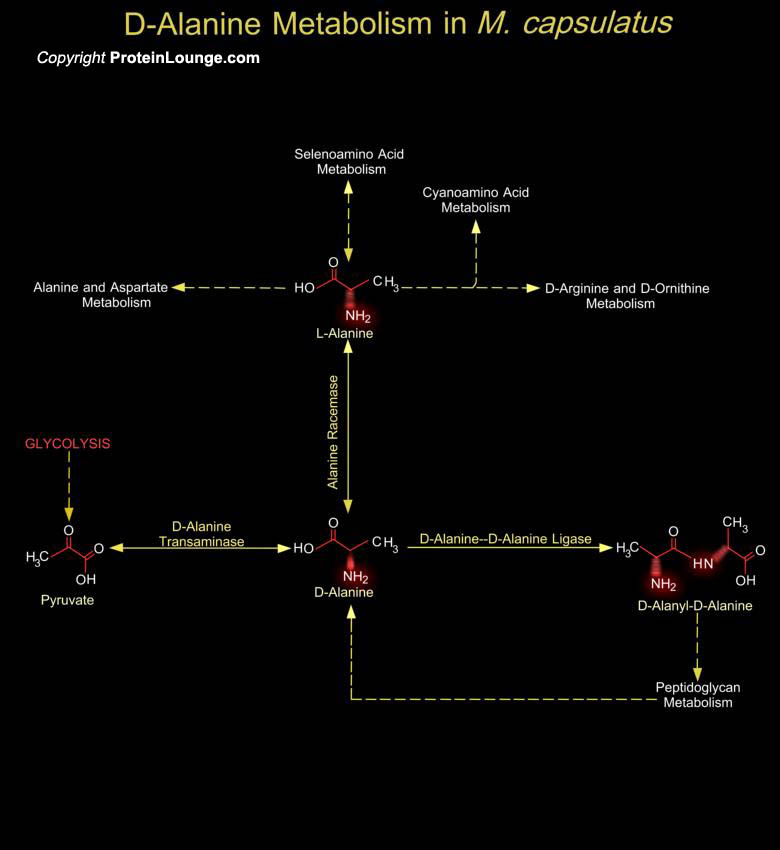
Methanotrophs are a unique group of Gram-negative bacteria that grow aerobically on methane and utilize methane as the sole source of carbon and energy. Methanotrophs such as Methylococcus capsulatus(M. capsulatus) are responsible for the oxidation of biologically generated methane, and they are therefore of great environmental importance in reducing the amount of this greenhouse gas[..]
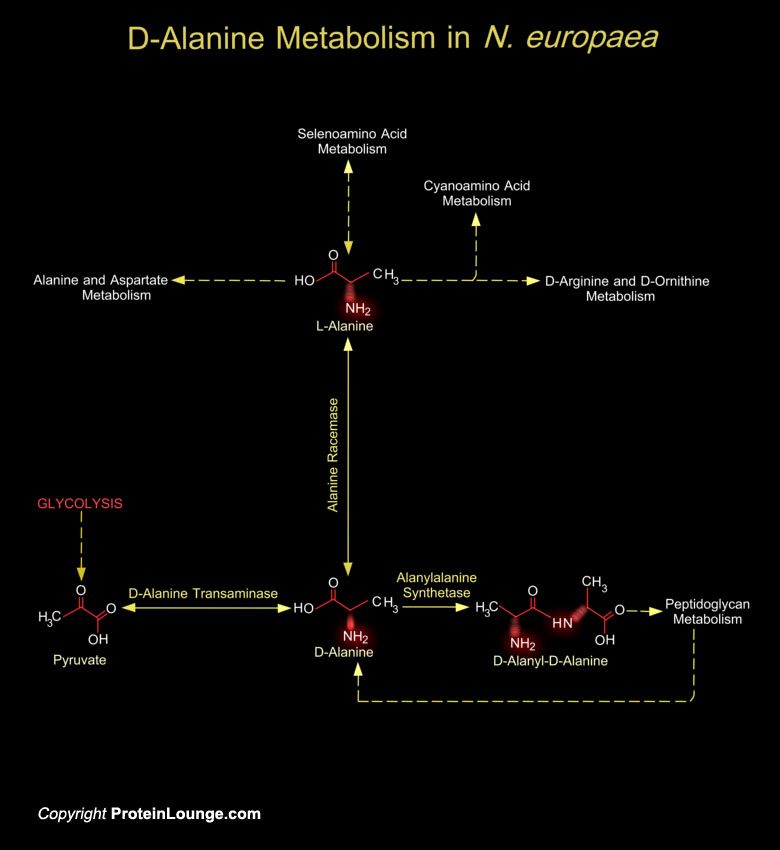
Nitrosomonas europaea is a Gram-negative obligate chemolithoautotroph, which derives all its energy and reductant for growth from the aerobic oxidation of ammonia to nitrite. The bacterium participates in the biogeochemical Nitrogen cycle in the process of nitrification (Ref.1). A key step in peptidoglycan layer assembly and deposition in the cell wall of N.europaea is the[..]
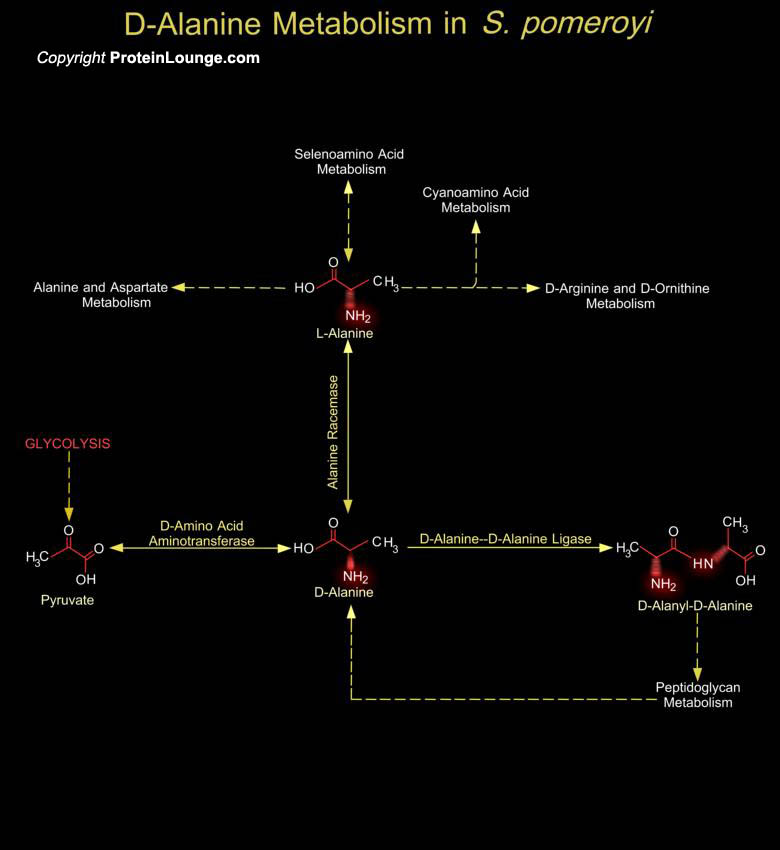
The Alpha-Proteobacteria is predominantly responsible for the degradation of organosulfur compounds, including the algal osmolyte dimethylsulfoniopropionate. Silicobacter pomeroyi carries out many organic sulfur transformations that occur in natural bacterial communities in the surface ocean. The bacterium converts dimethylsulfoniopropionate to both dimethylsulfide and methanethiol. Through[..]
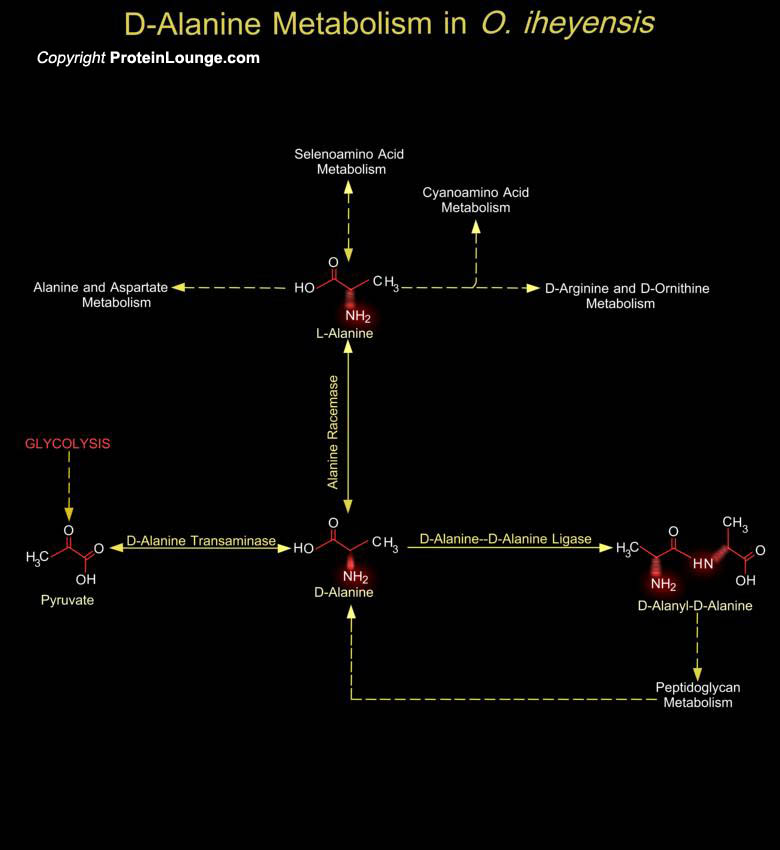
Oceanobacillus iheyensis is an alkaliphilic and extremely halotolerant Bacillus-related species isolated from deep-sea sediment. It is also known as 'small ocean bacillus pertaining to the Iheya Ridge' from where it was isolated. O. iheyensis grows at depths of up to 3,000 m. The bacteria thrive under high hydrostatic pressure and grow optimally at about 30 degrees Celsius (Ref.[..]
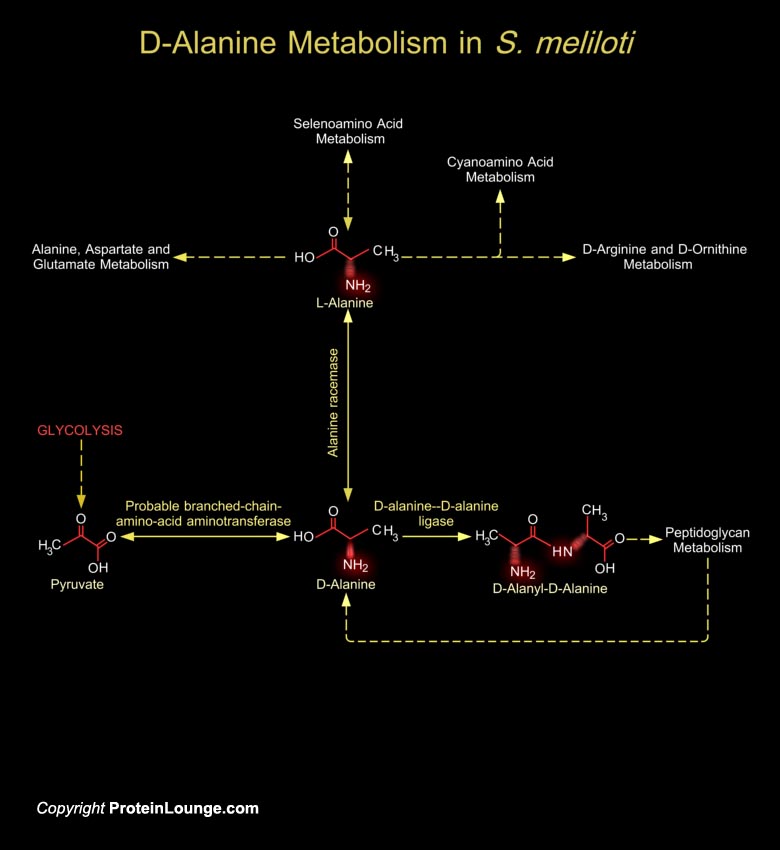
Sinorhizobium meliloti (formerly Rhizobium meliloti), is a common Gram-negative soil and rhizosphere bacterium, that forms nitrogen-fixing nodules on the roots of certain genera of leguminous plants, including Medicago, Melilotus and Trigonella sp. Inside the nodules, differentiated bacteria called bacteroids fix atmospheric nitrogen (i.e. reduce N2 into NH3) to the benefit[..]
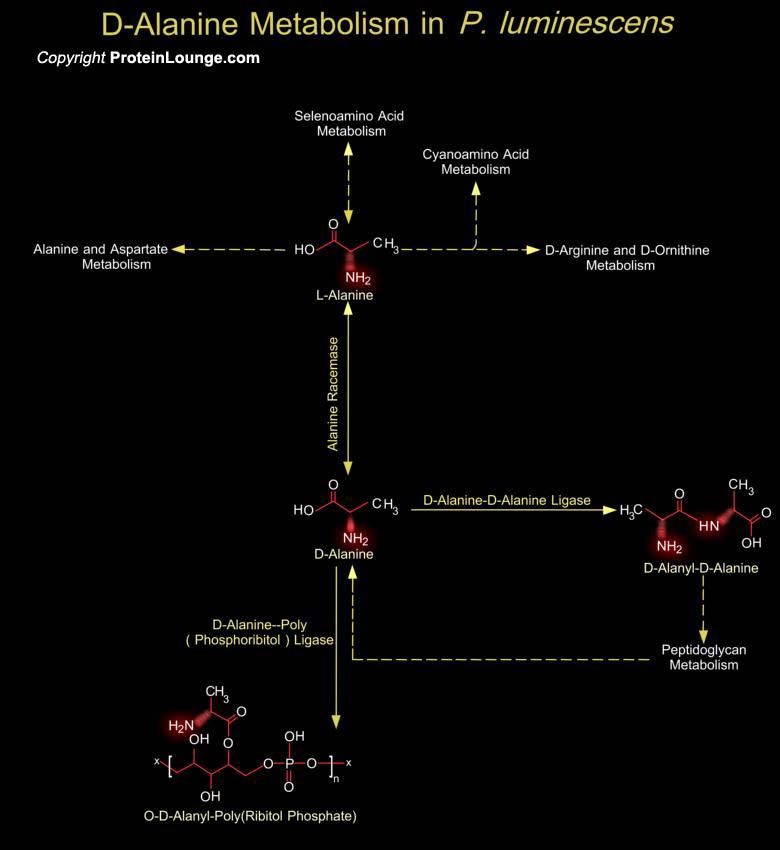
Photorhabdus sp. are facultatively anaerobic gram negative rods, nonsporulating and chemoorganotrophic heterotrophs with respiratory and fermentative metabolisms. They are included in the family of Enterobacteriaceae belonging to Group-5 and Sub-group1. Almost all species of Photorhabdus are entomopathogenic. The bacterium Photorhabdus luminescens is pathogenic to a wide range of[..]
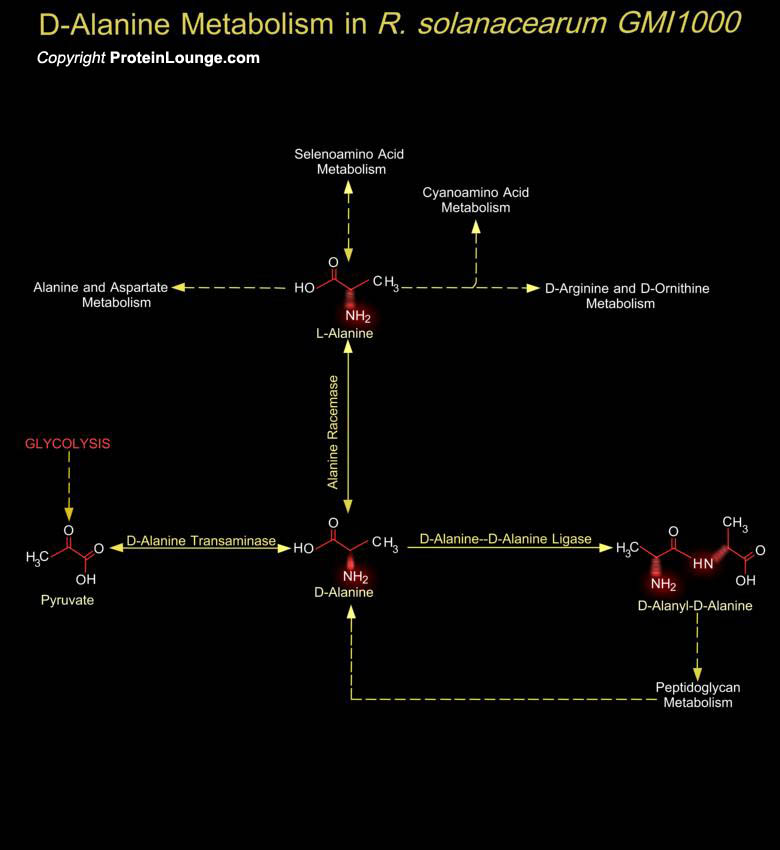
Ralstonia solanacearum (previously named Pseudomonas solanacearum) is a devastating, soil-borne plant pathogen and the causal agent of bacterial wilt, one of the most important bacterial diseases worldwide. Hundreds of different plant species, including many important agricultural crops such as potato, tomato, banana, pepper, and even trees such as eucalyptus are affected by[..]
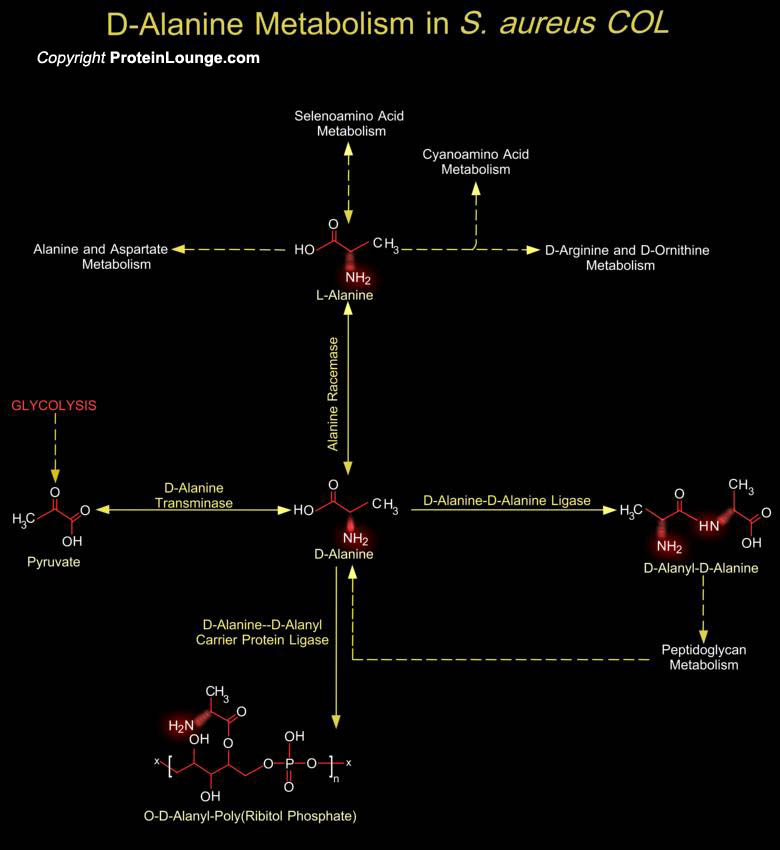
Staphylococcus aureus are Gram-positive nonmotile coccus that grows in aerobic and anaerobic conditions, in which it forms grape-like clusters. S. aureus is an opportunistic pathogen and the major causative agent of numerous hospital- and community-acquired infections. It produces numerous toxins including super antigens that cause unique disease entities such as toxic-shock[..]
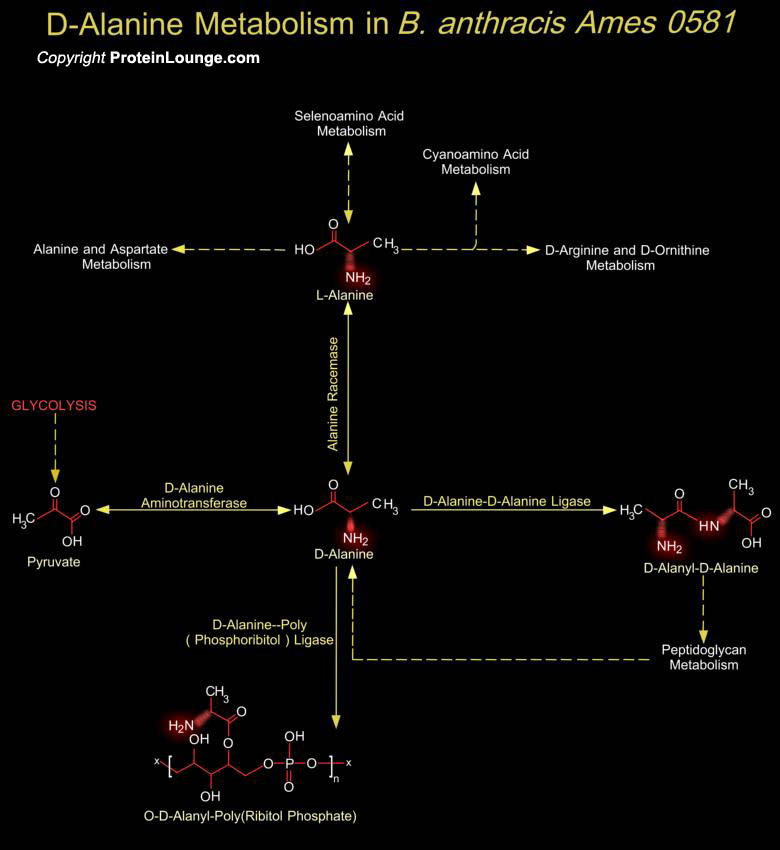
Bacilli are an extremely diverse group of bacteria that include both the causative agent of anthrax (Bacillus anthracis) as well as several species that synthesize important antibiotics. Bacilli are rod-shaped, Gram-positive, sporulating, aerobes or facultative anaerobes. Bacilli exhibit an array of physiologic abilities that allow them to live in a wide range of habitats, including many[..]
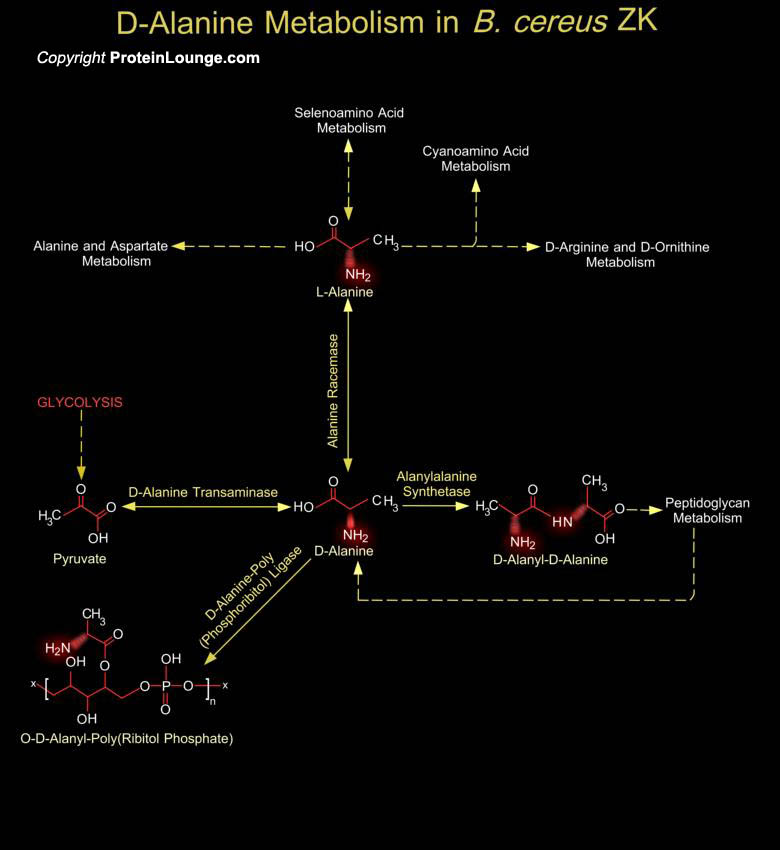
Bacillus cereus is a gram-positive, facultative anaerobic rod-shaped endospore-forming bacterium. B. cereus occurs ubiquitously in soil and in many raw and processed foods such as rice, milk and dairy products, spices, and vegetables. Many strains of B. cereus are able to produce toxins and cause distinct types of food poisoning. B. cereus is an[..]









